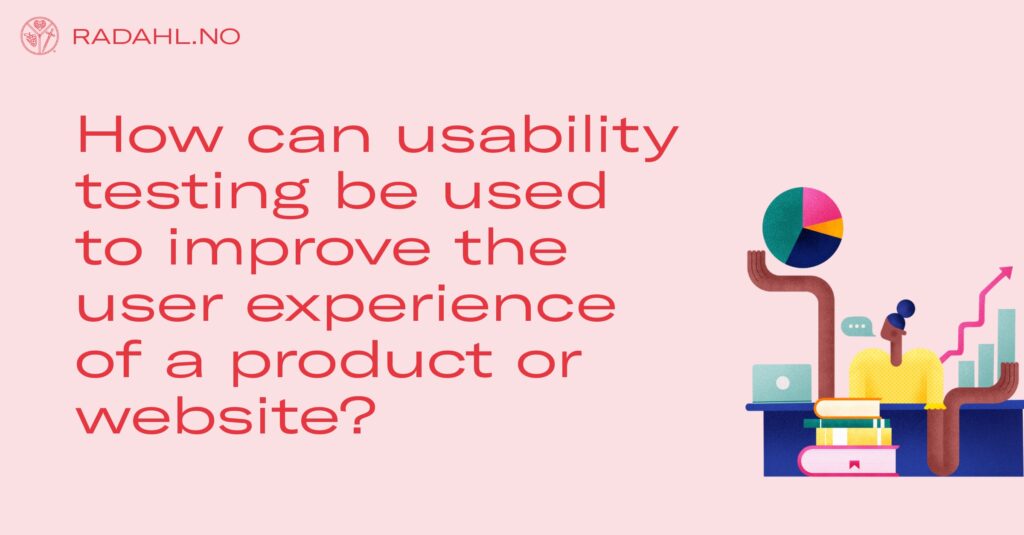
Usability testing is a type of user research that helps to identify problems and areas of improvement in a product or website. By observing users as they interact with a product or website, usability testing can reveal areas where the user experience is confusion or difficult. This information can then be used to improve the product or website to make it more user-friendly.
There are a number of different methods that can be used for usability testing, such as think-aloud protocols, task analysis, and heuristic evaluation. Think-aloud protocols involve having users verbalize their thoughts as they use a product or website. This can help to identify areas where users are having difficulty understanding or completing a task. Task analysis involves breaking down a task into smaller steps in order to identify which steps are causing problems for users. Heuristic evaluation is a type of expert review in which a usability expert evaluates a product or website against a set of guidelines (known as heuristics) and identifies areas of improvement.
Usability testing can be conducted with a small number of users (5-10 is typically sufficient) to get initial feedback about a product or website. It is important to note that usability testing is different from user testing, which is used to test whether a product or website meets the needs of its users. User testing is conducted with a larger number of users and focuses on whether users can complete specific tasks. Usability testing, on the other hand, focuses on the user experience and how easy or difficult it is to use a product or website.
In summary, usability testing is a valuable tool that can be used to improve the user experience of a product or website. By observing users as they interact with a product or website, usability testing can identify areas where the user experience is confusion or difficult. This information can then be used to improve the product or website to make it more user-friendly.
